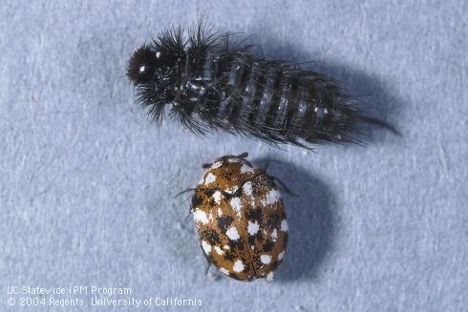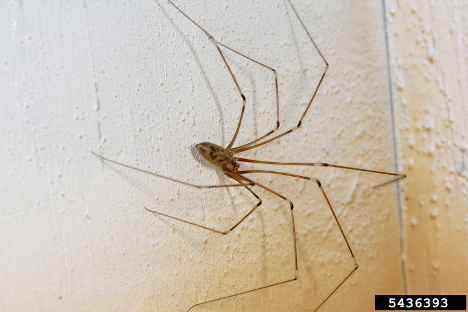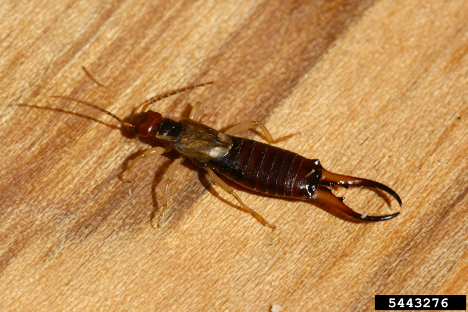Spring is finally here, but unfortunately so are the pests!

While doing your spring cleaning or staying indoors due to our recent rain, you may have noticed some insects and spiders have moved in with you. Many pests are emerging from their winter rest, and taking cover from the cool, wet weather.
If you've found tiny brown, white, and black patterned beetles on windowsills, curtains, or walls near entryways, they may be carpet beetles. Adult beetles are about 1/10 inch and feed on pollen and nectar from flowers like crape myrtle and spirea. They can be brought indoors on cut flowers or they may fly in from nearby plants outside. A few adult beetles inside your home are typically not a problem. However, be on the lookout for their larvae or signs of their damage. Carpet beetle larvae feed on natural fibers such as wool, silk, leather, fur, and pet hair. They can damage rugs and carpets, yarn, clothing, and leather book bindings. Larvae will not feed on synthetic fibers like polyester. You can reduce sources of food for larvae by cleaning up lint, hair, dead insects, or debris. Adults can be relocated to the outdoors, but larvae are more difficult to control. See Pest Notes: Carpet Beetles for management strategies.
Spiders often end up inside while looking for food and if the right conditions are present–dark, dusty, hidden areas–they may stay a while. Some people may not mind the occasional spider, as they feed on other pests like flies, moths, and beetles. It is uncommon for most California spiders to bite you, contrary to what many people think. This includes the brown recluse spider, which does not exist in California. To identify the various spiders you might come across, see the Pest Notes: Spiders.

There are many other household pests you might encounter now and throughout the year. Fortunately, UC IPM has tons of great information on what they are and how to control them! See Pests of homes, structures, people, and pets for more information, or watch UC IPM's webinar recording on Springtime Household Pests.
